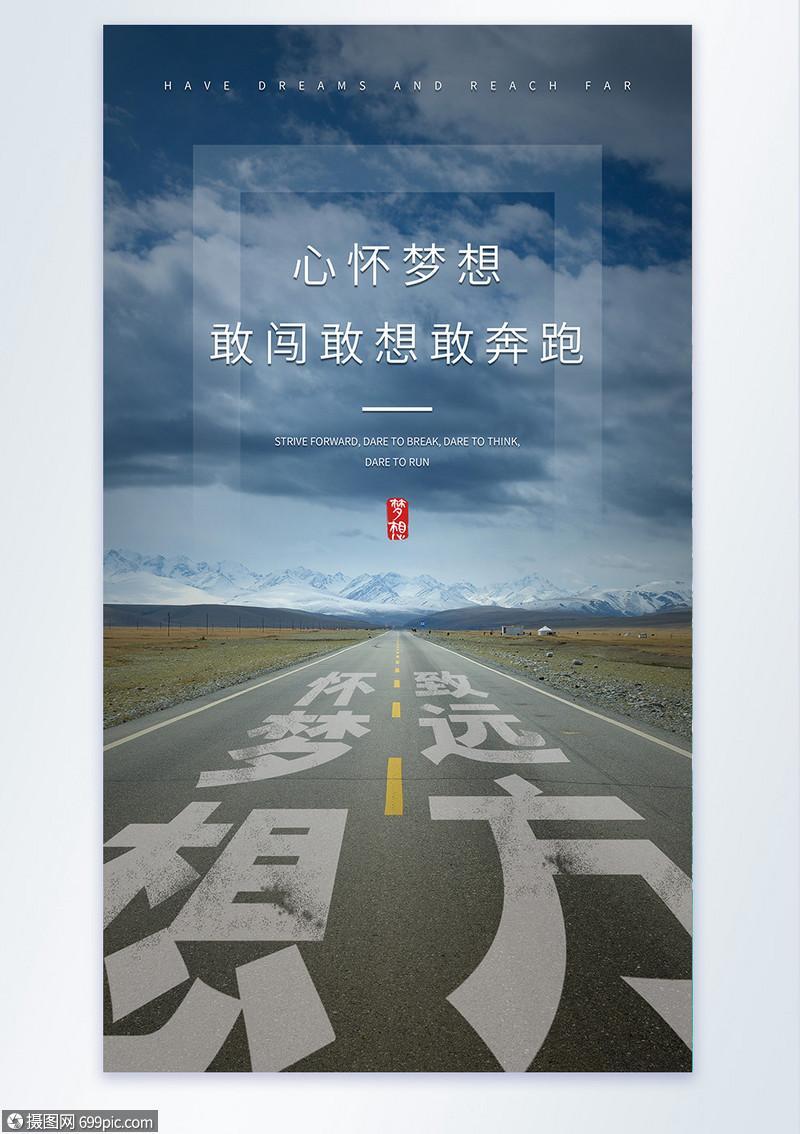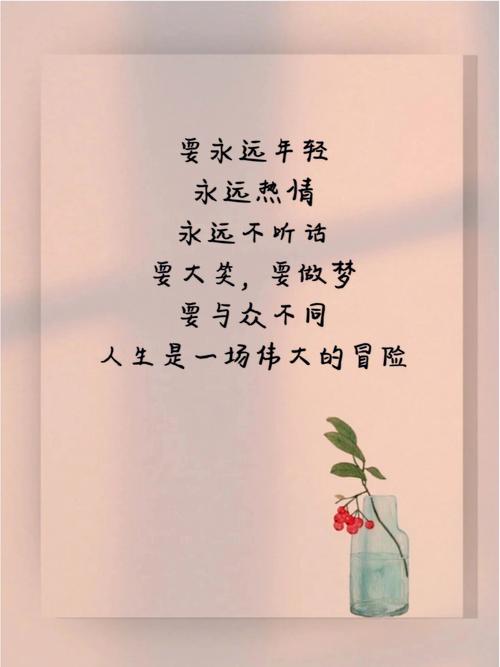
外文翻译:
产品生命周期理论
原文来源:
Raymond Vernon..《International investment and international trade in the product cycle》
译文正文:
产品生命周期(product life cycle),简称PLC,是产品的市场寿命,即一种新产品从开始进
入市场到被市场淘汰的整个过程。费农认为:产品生命是指市上的的营销生命,产中和人的生命一
样,要经历形成、成长、成熟、衰退这样的周期。就产品而言,也就是要经历一个开发、引进、成
长、成熟、衰退的阶段。而这个周期在不同的技术水平的国家里,发生的时间和过程是不一样的,
期间存在一个较大的差距和时差,正是这一时差,表现为不同国家在技术上的差距,它反映了同一
产品在不同国家市场上的竞争地位的差异,从而决定了国际贸易和国际投资的变化。为了便于区分,
费农把这些国家依次分成创新国(一般为最发达国家)、一般发达国家、发展中国家。
典型的产品生命周期一般可以分成四个阶段,即介绍期(或引入期)、成长期、成熟期和衰退期。
就像是人类,产品也有它自己的生命周期,从出生到死亡经过各种阶段。
新产品投入市场,便进入了介绍期。此时产品品种少,顾客对产品还不了解,除少数追求新奇
的顾客外,几乎无人实际购买该产品。生产者为了扩大销路,不得不投入大量的促销费用,对产品
进行宣传推广。该阶段由于生产技术方面的限制,产品生产批量小,制造成本高,广告费用大,产
品销售价格偏高,销售量极为有限,企业通常不能获利,反而可能亏损。
当产品进入引入期,销售取得成功之后,便进入了成长期。成长期是指产品通过试销效果良好,
购买者逐渐接受该产品,产品在市场上站住脚并且打开了销路。这是需求增长阶段,需求量和销售
额迅速上升。生产成本大幅度下降,利润迅速增长。与此同时,竞争者看到有利可图,将纷纷进入
市场参与竞争,使同类产品供给量增加,价格随之下属,企业利润增长速度逐步减慢,最后达到生
命周期利润的最高点。
产品走入大批量生产并稳定地进入市场销售,经过成长期之后,随着购买产品的人数增多,市
场需求趋于饱和。此时,产品普及并日趋标准化,成本低而产量大。销售增长速度缓慢直至转而下
降,由于竞争的加剧,导致同类产品生产企之间不得不加大在产品质量、花色、规格、包装服务等
方面加大投入,在一起程度上增加了成本。
产品进入了淘汰阶段。随着科技的发展以及消费习惯的改变等原因,产品的销售量和利润持续
下降,产品在市场上已经老化,不能适应市场需求,市场上已经有其它性能更好、价格更低的新产
品,足以满足消费者的需求。此时成本较高的企业就会由于无利可图而陆续停止生产,该类产品的
生命周期也就陆续结束,以至最后完全撤出市场。
产品生命周期是一个很重要的概念,它和企业制定产品策略以及推广策略有着直接的联系。管
原文正文
The product life cycle of the products, as PLC is life, namely a market new products into the market
from the start to the whole process of elimination by the market. Vernon: refers to the city life, the life of
the marketing and human life during, experiences, growth, maturity, recession this cycle. Is product, also is
to experience a development, introduction, growth, maturity and recession. But this cycle in different
countries, the technical level of time and the process is not the same, there exists a large gap between
period of time, and it is this time, for different countries in technology gap, it reflects the same products in
different countries on the market competition status, which determines the differences between
international trade and investment. In order to facilitate distinguish the countries, Vernon, innovative
nation (usually divided into the most developed countries), usually developed countries and developing
countries.
Typical product life cycle generally can be divided into four stages, namely introduction , growth,
maturity and recession.
Like human beings, products also have their own life-cycle. From birth to death human beings pass
through various birth, growth, maturity, decline and death. A similar life-cycle is en in the ca
of products. The product life cycle goes through multiple phas, involves many professional disciplines,
and requires many skills, tools and process. Product life cycle (PLC) has to do with the life of a product
in the market with respect to business/commercial costs and sales measures. To say that a product has a life
cycle is to asrt four things:
products have a limited life,
t sales pass through distinct stages, each posing different challenges, opportunities, and
problems to the ller,
s ri and fall at different stages of product life cycle, and
ts require different marketing, financial, manufacturing, purchasing, and human resource
strategies in each life cycle stage.
Four phas of the product life cycle.
stage: (into)
From design to production into market entry test until stage. The new products put on the market, and
introduced into. Now, the customers have few varieties of products, product also don't understand a few
exceptions, the pursuit of new customers almost no actual purcha this product. In order to expand the
market, to producers, the cost of sales promotion product promotion. This stage becau of the restrictions
in production technology, product batch production and manufacturing cost is high, the advertising
expens, product sales price is on the high side, sales is limited, the enterpri may not usually profit,
instead of loss.
cond stage: growth
When entering into products, sales success, entered the growth. The product is growing by test results,
the buyer accepted gradually products. This is the demand growth stage, rapidly rising demand and sales.
Production cost greatly, rapid growth in profits. Meanwhile, the competitor will e profitable, participate
in the competition, to enter the market similar products supply, price increas, the enterpri profit growth
subordinate gradually slow down, finally reached the highest profit life cycle.
Stage 3: mature
2
The product into mass production and stable to enter the market sale, after growing, with the purcha
of the products after tends to increa, and market demand. At this time, and more standardized products,
low cost and production. Sales growth to slow down, becau until the competition between enterpris in
similar products to increa in product quality, specifications, design, packaging, etc, increasing investment
in degree incread cost.
Stage 4: a recession
The product is entered the knockout stage. With the development of science and technology and
spending habits change wait for a reason, product sales and profit continued to decline, the products on the
market has aging, cannot adapt the market demand, the market has better performance and other low price
of new products, to meet the needs of the consumers. Now the enterpri will cost is higher due to be
unprofitable and gradually stop production, the product life cycle, and also has ended last completely
withdrawn from the market.
The product life cycle is a very important concept, and enterpris to develop product strategy and
promotion strategies have direct contact. Managers want to make his products have a long enough to make
sales cycle, the profit to compensate for the products in all the efforts and through all risks, we must
carefully study and application of the product life cycle theory, in addition, the product life cycle is ud to
describe the product promotion personnel market operation methods and powerful tool. However, in the
process of developing marketing strategy, product life cycle, but emed too, becau the strategy is the
product life cycle and the reasons of the current products, can make the person thinks of the best promotion
strategy, in addition, when the product performance in the prediction of the product life cycle u also is
restricted.
There are four stages in product life cycle. The are:
Stage Characteristics
1. Market introduction stage
costs are high
slow sales volumes to start
little or no competition
demand has to be created
customers have to be prompted to try
the product
makes no money at this stage
2. Growth stage
costs reduced due to economies of
scale
sales volume increas significantly
profitability begins to ri
public awareness increas
competition begins to increa with a
few new players in establishing market
incread competition leads to price
decreas
3
3. Maturity stage
costs are lowered as a result of
production volumes increasing and
experience curve effects
sales volume peaks and market
saturation is reached
increa in competitors entering the
market
prices tend to drop due to the
proliferation of competing products
brand differentiation and feature
diversification is emphasized to maintain
or increa market share
Industrial profits go down
costs become counter-optimal
sales volume decline or stabilize
prices, profitability diminish
profit becomes more a challenge of
production/distribution efficiency than
incread sales
Lessons of the product life cycle (PLC)
4. Saturation and decline stage
It is claimed that every product has a life period, it is launched, it grows, and at some point, may die. A
fair comment is that - at least in the short term - not all products or rvices die. Jeans may die, but clothes
probably will not. Legal rvices or medical rvices may die, but depending on the social and political
climate, probably will not.
Even though its validity is questionable, it can offer a uful 'model' for managers to keep at the back
of their mind. Indeed, if their products are in the introductory or growth phas, or in that of decline, it
perhaps should be at the front of their mind; for the predominant features of the phas may be tho
revolving around such life and death. Between the two extremes, it is salutary for them to have that
vision of mortality in front of them.
However, the most important aspect of product life-cycles is that, even under normal conditions, to
all practical intents and purpos they often do not exist (hence, there needs to be more emphasis on
model/reality mappings). In most markets the majority of the major brands have held their position for at
least two decades. The dominant product life-cycle, that of the brand leaders which almost monopolize
many markets, is therefore one of continuity.
Thus, the life cycle may be uful as a description, but not as a predictor; and usually should be
firmly under the control of the marketer. The important point is that in many markets the product or brand
life cycle is significantly longer than the planning cycle of the organisations involved. Thus, it offers little
practical value for most marketers. Even if the PLC (and the related PLM support) exists for them, their
plans will be bad just upon that piece of the curve where they currently reside (most probably in the
'mature' stage); and their view of that part of it will almost certainly be 'linear' (and limited), and will not
encompass the whole range from growth to decline.
4

本文发布于:2023-11-03 03:20:27,感谢您对本站的认可!
本文链接:https://www.wtabcd.cn/zhishi/a/1698952828204563.html
版权声明:本站内容均来自互联网,仅供演示用,请勿用于商业和其他非法用途。如果侵犯了您的权益请与我们联系,我们将在24小时内删除。
本文word下载地址:英文文献与翻译:产品生命周期理论.doc
本文 PDF 下载地址:英文文献与翻译:产品生命周期理论.pdf
| 留言与评论(共有 0 条评论) |